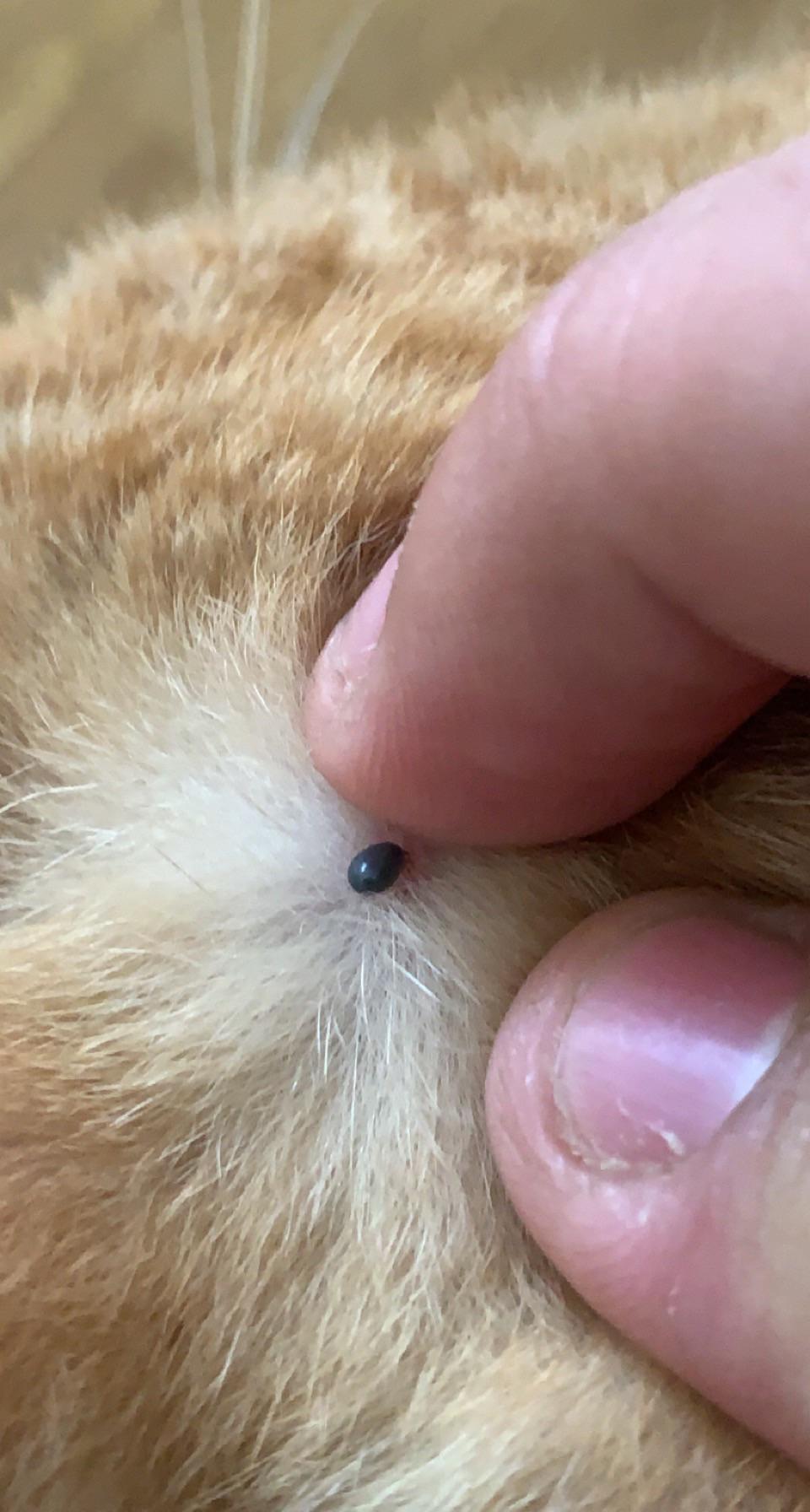Learn how to identify signs that a cat may be lost, and what steps to take if you find one. Discover the importance of approaching a lost cat with calmness and patience.
Key Takeaways:
1: Approach the cat calmly and slowly to avoid scaring it further.
2: Check for any identification on the cat, such as a collar or tags, to locate its owner.
3: If there is no identification, take the cat to a local veterinarian or animal shelter to scan for a microchip.
4: Post about the found cat on social media platforms and community boards to reach a wider audience.
5: Provide temporary care for the lost cat while actively searching for its owner, including food, water, and a safe space indoors.
Signs that a Cat may be Lost
When a cat is lost, there are some signs that can help you identify if it is indeed lost and not just exploring its surroundings. One sign is if the cat appears to be disoriented or confused. It may wander aimlessly and seem unsure of its surroundings. Another sign is if the cat is meowing excessively or crying out in distress. This could indicate that it is trying to find its way back home or is in need of help.
Additionally, a lost cat may exhibit behaviors such as hiding or seeking shelter in unusual places. It may also appear dirty, hungry, or injured, as it may have been unable to care for itself while being lost. If you notice a cat displaying any of these signs, it is likely that it is lost and in need of assistance.
What to Do if You Find a Lost Cat
If you come across a lost cat, there are several steps you can take to help reunite it with its owner. First, approach the cat slowly and calmly to avoid scaring it away. Offer it some food or treats to gain its trust and try to check for any identification tags or collars on the cat's neck. If there are no visible identification markers, consider taking the cat to a nearby veterinarian or animal shelter where they can scan for a microchip.
It is important to remember that not all cats you encounter outside are necessarily lost; some may be outdoor cats who have regular access to their homes but choose to explore their surroundings. However, if you notice signs of distress or disorientation mentioned earlier, it would still be worth taking action and attempting to locate the owner.
Approaching a Lost Cat: The Importance of Calmness
Approaching a lost cat requires a calm and patient approach. Cats can be easily frightened, especially when they are in unfamiliar environments or feeling vulnerable. When approaching a lost cat, it is important to move slowly and avoid sudden movements or loud noises that may startle the cat. It is also essential to speak softly and use a gentle tone of voice to help the cat feel at ease.
It is recommended to crouch down to the cat's level rather than towering over it, as this can appear less threatening. Avoid direct eye contact initially, as cats may interpret it as a sign of aggression. Instead, let the cat come closer on its terms and sniff your hand if it feels comfortable doing so.
Recognizing Signs of Fear or Anxiety in a Lost Cat
A lost cat may exhibit signs of fear or anxiety due to being separated from its home and familiar surroundings. Some common signs include flattened ears, dilated pupils, hissing, growling, or attempting to hide. The tail may be puffed up or tucked between their legs as a defensive response.
If you notice these signs in a lost cat you have found, it is crucial not to force any interactions with the animal. Give it space and time to calm down before attempting any further steps. A fearful or anxious cat may become aggressive if it feels cornered or threatened.
Where to Look for Identification on a Lost Cat
When trying to identify a lost cat's owner, there are several places you can look for identification markers on the cat itself. The most common place is around the neck area where collars with tags are usually worn. Check for any tags that might contain contact information such as the owner's name and phone number.
If there are no visible identification tags present, consider looking for other forms of identification such as tattoos inside the cat's ear or a microchip. Tattoos are typically small and may require close examination with proper lighting. Microchips, on the other hand, can be scanned by a veterinarian or animal shelter to retrieve the owner's contact information.
Next Steps if the Owner of a Lost Cat Cannot Be Found Immediately
If you have found a lost cat but are unable to locate its owner right away, there are several steps you can take to ensure its well-being in the meantime. Provide temporary shelter for the cat in a safe and comfortable environment, such as a spare room or bathroom in your home. Make sure to provide food, water, and a litter box for their basic needs.
In addition to providing temporary shelter, it is important to continue actively searching for the cat's owner. You can create flyers with a description and photo of the cat and distribute them in your neighborhood or local community centers. Posting about the found cat on social media platforms or local lost-and-found pet groups can also help spread the word.
Safely Transporting a Lost Cat to an Animal Shelter or Veterinarian
If you have decided to transport a lost cat to an animal shelter or veterinarian for further assistance, it is crucial to do so safely and securely. First, make sure you have a suitable carrier that is properly ventilated and secure enough to prevent any escapes during transportation.
To minimize stress for both yourself and the cat, handle them gently when placing them into the carrier. Speak softly and reassure them throughout the process. Once inside the carrier, make sure it is securely closed but not too tight that it causes discomfort for the cat.
The Importance of Reporting a Found Cat to Local Animal Control Agencies or Shelters
Reporting a found cat to local animal control agencies or shelters is essential for several reasons. Firstly, it increases the chances of reuniting the cat with its owner. Animal control agencies and shelters often have databases or resources to help match lost and found pets.
Secondly, reporting a found cat helps ensure its safety and well-being. Animal control agencies can provide necessary medical care, vaccinations, and temporary shelter while attempts are made to locate the owner. Additionally, they can assist in scanning for microchips that may reveal the owner's contact information.
Tips for Reuniting a Lost Cat with its Owner, Even from Different Areas
Reuniting a lost cat with its owner can sometimes be challenging, especially if they are from different areas. However, there are several steps you can take to increase the chances of a successful reunion. Firstly, continue actively searching for the owner by posting flyers or online ads in both the area where you found the cat and surrounding neighborhoods.
Additionally, consider reaching out to nearby animal shelters or veterinary clinics in case someone has reported their missing cat matching the description. Social media platforms can also be utilized by sharing photos and details about the found cat in various community groups or pet-related pages.
If all else fails, contacting local rescue organizations or breed-specific groups may provide further assistance in finding potential owners who may be actively searching for their lost cat.
| In Conclusion | |
| Step 1: | Assess the situation and determine if the cat is lost or stray. |
| Step 2: | Check for identification tags or microchips to locate the owner. |
| Step 3: | Notify local animal shelters, veterinarians, and online communities about the found cat. |
Can I take a stray cat to the vet for free?
If possible, please bring the cat to a veterinarian to have it checked for a microchip. The veterinarian will perform this service at no charge. If the cat does not have a microchip, you can hang up some posters, inform other veterinarians, and also contact us through our Facebook page.
Can you keep a cat if you find it?
Unfortunately, there are situations where cats are abandoned by their owners and may not be wanted in their original homes. If you wish to adopt the cat, you generally have the option to do so. As long as the cat is content and comfortable in your home, there are no specific limitations or restrictions.
How do you tell if a cat is stray or owned?
It is important to observe the condition of a stray cat's fur. Stray cats often appear dirty because they were previously taken care of and groomed regularly in a home, and they may not know how to keep their coat clean on their own. On the other hand, feral cats are typically clean because they have learned how to take care of themselves even though they live in the wild.
How do you take a stray cat to the vet?
When taking a stray cat to the veterinarian, most vets will require you to use a cat carrier. This is to ensure the safety and security of everyone involved. It is recommended to put food in the crate or carrier and allow the cat to eat in it for a few days prior to the vet visit. This helps the cat become more comfortable with the carrier.
Is it OK to keep a stray cat?
However, stray cats have been living outside without receiving any medical attention. These street cats may have severe illnesses such as ringworm, feline leukemia, rabies, and other contagious diseases that can spread to other pets and even humans. Dr. Oct 22, 2018 warns that adopting a stray cat may lead to heartbreak.
Can you just take in a stray cat?
In certain situations, it is possible for stray cats to be reintegrated into domestic life, but it will likely take time for them to readjust to living indoors and they may feel scared and cautious after being away from humans for a while.

















